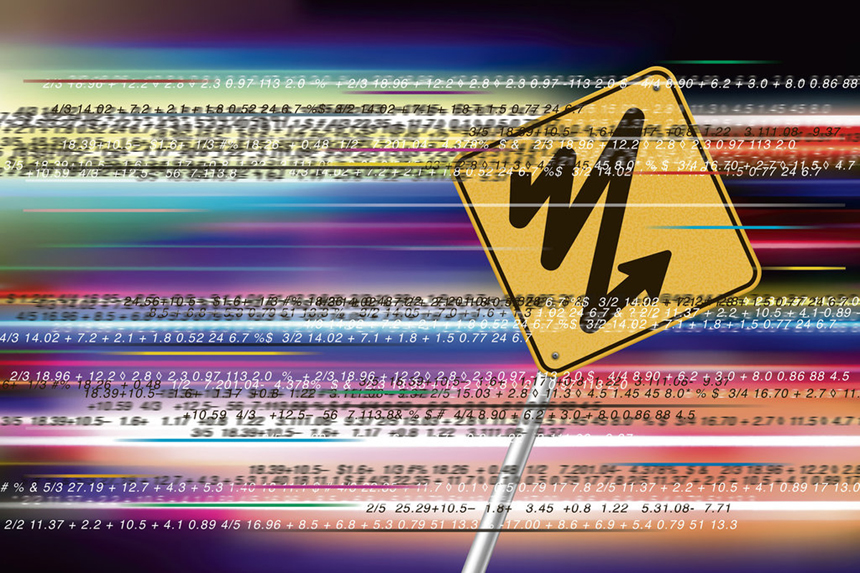 The MiFID (Markets in Financial Instruments Directive), the EU legislation that regulates firms who provide services to clients linked to ‘financial instruments’ and the venues where those instruments are traded, that was first applied in the UK from November 2007, is now being revised to improve the functioning of financial markets in light of the financial crisis and to strengthen investor protection.
The MiFID (Markets in Financial Instruments Directive), the EU legislation that regulates firms who provide services to clients linked to ‘financial instruments’ and the venues where those instruments are traded, that was first applied in the UK from November 2007, is now being revised to improve the functioning of financial markets in light of the financial crisis and to strengthen investor protection.
The changes of the new legislation being known as MiFID II are currently set to come into force on 3 January 2018, with – this includes a revised MiFID and a new Markets in Financial Instruments Regulation (MiFIR).
The FCA (Financial Conduct Authority) published a user guide to help firms decide which applications and notifications they should make ahead of the implementation of MiFID II.
Amongst the new requirements, MiFID II requires financial institutions to achieve up to 100-microsecond level traceability of all trading events.
For this reason, firms are undergoing important changes and deals. For example, the Intercontinental Exchange (ICE) has signed an agreement with the UK’s National Physical Laboratory (NPL) for precise time synchronisation ahead of MiFID II by deploying atomic clock tech provided by the National Physical Laboratory (NPL).
The NPL describes itself as the ‘home of atomic time’ and it operates one of the world’s most accurate atomic clocks, which is accurate to one second every 158 million years. The NPL will provide the exchange operator iICE with a certified time signal traceable to coordinated universal time for trade timestamping, latency monitoring and synchronisation.

Dr Leon Lobo, the strategic business development manager at NPL, explained timing is everything in today’s markets.
“High-frequency trading represents around 30% of UK trades and 50% in the US, therefore a precise timing offers a competitive advantage.
Current systems rely on GPS, which is vulnerable to jamming and other interferences and uses equipment that can be inaccurate. MiFID II continues to put pressure on firms to comply with the new standards for the timing, to prevent market disruption.” he said.
Previously, in August last year, UBS deployed NPL’s time accuracy technology for regulatory time synchronisation reporting requirements under MiFID II and its global co-head of equity electronic agency trading at UBS, Chris McConville, said at the time that it would “provide UBS infrastructure with a stable, accurate and resilient time signal, whilst simplifying the MiFID II time synchronisation traceability requirements.”
Recently, several technology firms, like SolarFlare, Xilinx and LDA Technologies, have also teamed up to develop a tool that has reduced ‘tick-to-trade’ latency from 250 nanoseconds to just 120 nanoseconds, which is the time interval between receiving a market tick showing an opportunity to an algorithm, and sending the buy/sell order, explaining that the reduction in latency improves the queue positions of trades and increases the probability of trades being executed.
Ahmet Houssein, vice president of marketing at Solarflare, explained seizing opportunities lasting only a fraction of seconds is a mission for electronic trading operations.
“Who wins and who loses is determined by how fast a trader can digest a market feed and place orders,” he said.

For further reading, check Michael Lewis’ Flash Boys Review: the High-Frequency Trading book.
